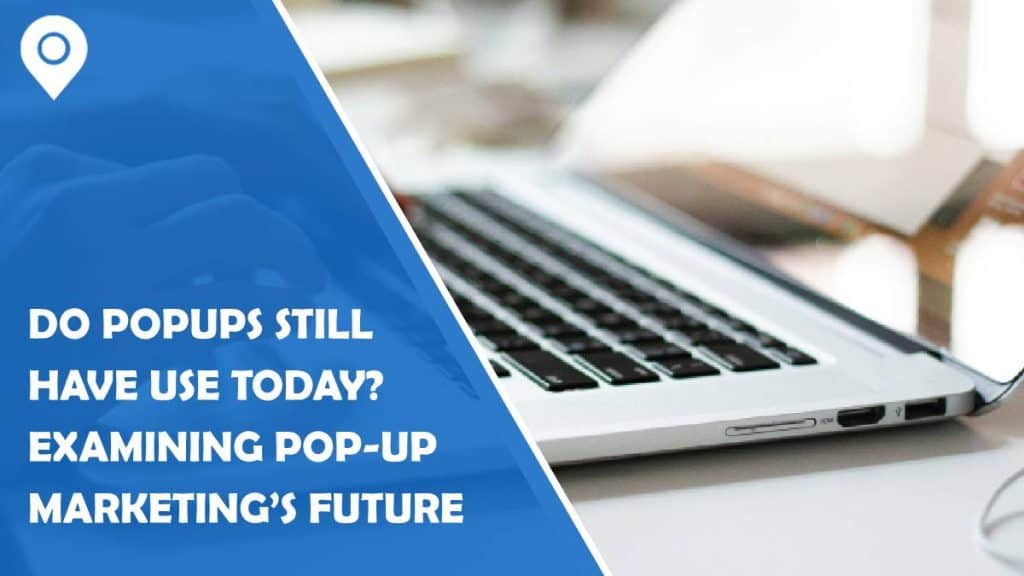Popups have been a staple in digital marketing for years, often eliciting mixed reactions from users and marketers alike. Some find them intrusive, while others recognize their potential for driving conversions. As the digital landscape evolves, it’s crucial to examine whether popups still hold value today and what the future holds for this contentious marketing tool.
The Evolution of Popups
Originally, popups emerged as simple, often annoying windows that would appear suddenly, disrupting the user experience. Early versions were notorious for their intrusiveness, leading to widespread backlash and the development of popup blockers. However, as technology advanced, so did the sophistication of popup marketing. Modern popups are more refined, targeted, and user-friendly, aiming to enhance rather than disrupt the browsing experience.
The Current State of Popups
1. Enhanced Targeting and Personalization:
– Today’s popups are smarter, leveraging data to deliver personalized messages. Marketers can use behavior tracking, demographics, and user preferences to craft popups that resonate with individual users. This shift from generic to tailored content has significantly improved the effectiveness of popups.
2. Strategic Timing and Placement:
– Modern popups are strategically timed and placed to minimize disruption. Exit-intent popups, for example, appear when a user is about to leave the site, offering a last-minute incentive to stay. Scroll-triggered popups appear only after a user has engaged with content, ensuring they’re not interrupted mid-read.
3. A/B Testing and Optimization:
– Marketers now utilize A/B testing to determine the most effective popup designs, messages, and triggers. This data-driven approach allows for continuous optimization, ensuring that popups deliver maximum value without alienating users.
4. Multi-Purpose Utilization:
– Popups are no longer just for collecting email addresses. They are used for various purposes, including promoting special offers, conducting surveys, guiding users through the site, and even providing customer support. This versatility makes them a valuable tool in a marketer’s arsenal.
The Benefits of Modern Popups
1. Increased Conversions:
– When used correctly, popups can significantly boost conversion rates. A well-timed popup with a compelling offer can turn a casual visitor into a paying customer.
2. Improved User Engagement:
– Popups can guide users towards valuable content or actions, enhancing their overall experience on the site. For instance, a popup can direct users to a helpful resource or a product recommendation based on their browsing behavior.
3. Data Collection:
– Popups are an effective way to gather user information, such as email addresses or feedback. This data is invaluable for building customer relationships and refining marketing strategies.
Challenges and Considerations
1. User Experience:
– Despite advancements, there is still a risk of popups being perceived as intrusive. Marketers must balance the need for engagement with the importance of a seamless user experience.
2. Ad Blockers:
– The prevalence of ad blockers presents a challenge, as many can block popups. Marketers need to ensure their popups are not only engaging but also capable of bypassing these blockers.
3. Regulatory Compliance:
– With growing concerns over privacy and data protection, compliance with regulations such as GDPR and CCPA is crucial. Popups must be transparent about data collection and offer clear opt-in options.
The Future of Popup Marketing
1. AI and Machine Learning:
– The integration of AI and machine learning will further enhance popup targeting and personalization. Predictive analytics can anticipate user needs and behaviors, delivering popups that feel more like helpful suggestions than advertisements.
2. Interactive and Gamified Popups:
– Future popups are likely to incorporate interactive elements and gamification to engage users more effectively. Quizzes, spin-to-win wheels, and interactive surveys can make the popup experience more enjoyable and less intrusive.
3. Seamless Integration with Other Channels:
– Popups will increasingly integrate with other marketing channels, such as email, social media, and chatbots. This holistic approach ensures a consistent and cohesive user experience across all touchpoints.
4. Enhanced Mobile Optimization:
– As mobile browsing continues to grow, popups will need to be more mobile-friendly. This includes responsive designs, easy-to-close options, and mobile-specific triggers.
Popups have certainly evolved from their early days of being universally disliked and often blocked. Today, they are a sophisticated and versatile tool that, when used correctly, can drive significant engagement and conversions. The future of popup marketing lies in further personalization, interactivity, and seamless integration with other channels. By prioritizing user experience and leveraging advanced technologies, popups can continue to be a valuable component of digital marketing strategies.
